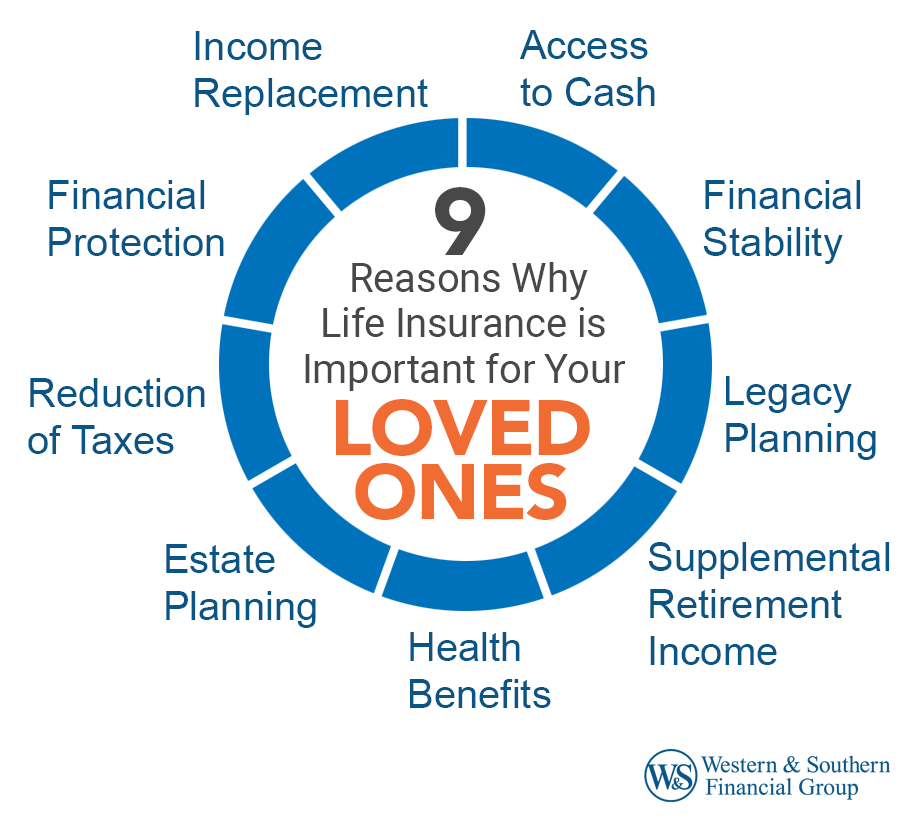The Basic Principles Of Pacific Prime
The Basic Principles Of Pacific Prime
Blog Article
See This Report on Pacific Prime
Table of ContentsPacific Prime Can Be Fun For AnyoneGet This Report about Pacific PrimeWhat Does Pacific Prime Mean?Pacific Prime - QuestionsThe Ultimate Guide To Pacific Prime

This is due to the fact that the data were collected for a duration of solid economic performance. Of the estimated 42 million individuals that were uninsured, all yet regarding 420,000 (about 1 percent) were under 65 years old, the age at which most Americans end up being eligible for Medicare; 32 million were grownups between ages 18 and 65, around 19 percent of all adults in this age group; and 10 million were youngsters under 18 years of age, concerning 13.9 percent of all youngsters (Mills, 2000).
These price quotes of the variety of persons uninsured are generated from the annual March Supplement to the Existing Population Study (CPS), carried out by the Census Bureau. Unless otherwise noted, nationwide quotes of individuals without medical insurance and proportions of the population with different sort of coverage are based on the CPS, the most commonly made use of source of quotes of insurance policy coverage and uninsurance rates.
The 2-Minute Rule for Pacific Prime

Still, the CPS is specifically useful since it generates yearly estimates reasonably swiftly, reporting the previous year's insurance policy coverage approximates each September, and because it is the basis for a constant set of estimates for more than twenty years, enabling analysis of fads in insurance coverage with time. For these reasons, as well as the considerable use the CPS in other research studies of insurance policy coverage that are offered in this record, we rely upon CPS quotes, with restrictions kept in mind.

The estimate of the variety of uninsured individuals expands when a populace's insurance coverage standing is tracked for a number of years. Over a three-year duration beginning early in 1993, 72 million individuals, 29 percent of the united state populace, lacked coverage for at the very least one month. Within a solitary year (1994 ), 53 million individuals experienced at least a month without coverage (Bennefield, 1998a)
Six out of every 10 without insurance adults are themselves used. Working does improve the probability that one and one's family participants will have insurance, it is not an assurance. Even participants of family members with two permanent wage earners have virtually a one-in-ten chance of being without insurance (9.1 percent uninsured rate) (Hoffman and Pohl, 2000).
Some Known Factual Statements About Pacific Prime
New immigrants represent a significant proportion of people without health and wellness insurance. One evaluation has actually attributed a significant part of the current development in the dimension of the united state without insurance population to immigrants that got here in the nation in between 1994 and 1998 (Camarota and Edwards, 2000). Recent immigrants (those who involved the United States within the past four years) do have a high price of being without insurance (46 percent), yet they and their children represent just 6 percent of those without insurance policy across the country (Holahan et al., 2001).
The relationship between health insurance and accessibility to care is well developed, as recorded later on in this phase. The partnership in between wellness insurance and wellness results is neither direct nor straightforward, a comprehensive medical and health solutions research literary works links health insurance policy coverage to enhanced access to care, far better high quality, and improved individual and populace health standing.
Levels of analysis for taking a look at the results of uninsurance. This discussion of wellness insurance protection concentrates primarily on the united state populace under age 65 since basically all Americans 65 and older have Medicare or other public coverage. Moreover, it focuses especially on those without any type of medical insurance for any type of size of time.
Some Known Factual Statements About Pacific Prime
The issues encountered by the underinsured are in some areas similar to those faced by the without insurance, although they are normally less extreme. Health insurance coverage, however, is neither essential neither sufficient to gain accessibility to medical services. The independent and straight effect of wellness insurance protection on access to health solutions is well developed.
Others will certainly acquire the health treatment they need even without wellness insurance policy, by spending for it out of pocket or seeking it from companies who supply care totally free or at highly subsidized rates. For still others, medical insurance alone does not make certain invoice of care as a result of various other nonfinancial obstacles, such as a lack of healthcare providers in their neighborhood, minimal access to transport, illiteracy, or linguistic and social distinctions.
Not known Facts About Pacific Prime
Formal research study regarding without insurance populaces in the USA dates to the late 1920s and very early 1930s when the Board on the Price of Healthcare have a peek at this site created a series of reports about funding doctor office brows through and hospital stays. This concern came to be significant as the numbers of medically indigent climbed during the Great Anxiety.
Report this page